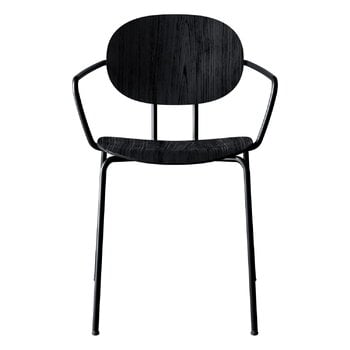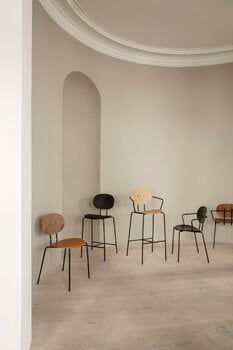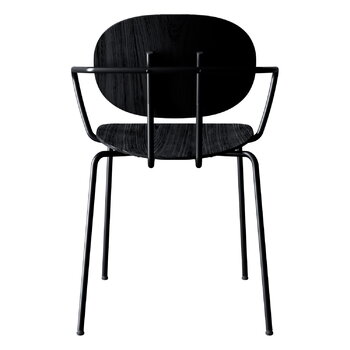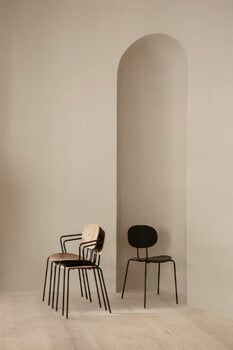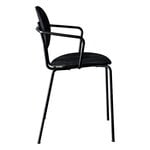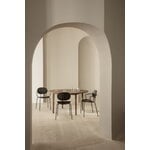The Piet Hein chair from Sibast was named after its designer: Danish designer Piet Hein developed the chair for almost a decade, completing it in 1968. However, it took more than 50 years before the chair was finally taken into production by Sibast Furniture.
The design of the Piet Hein chair revolves around a superellipse – an elliptical form named by Hein himself, which he first used in the famous roundabout on Sergels Torg in Stockholm. Hein was, in fact, a polymath, whose career ranged from mathematics and architecture to poetry. He later utilized the harmonious elliptical shape in many other works, such as in the seat and back of the Piet Hein chair.
The seat material of the Piet Hein chair is bent wood veneer, and the dynamically positioned, slightly sloping legs and armrests are made of steel. Thanks to the stackable frame and the slender yet sturdy design, the Piet Hein chairs are well suited for both home and restaurant use.
